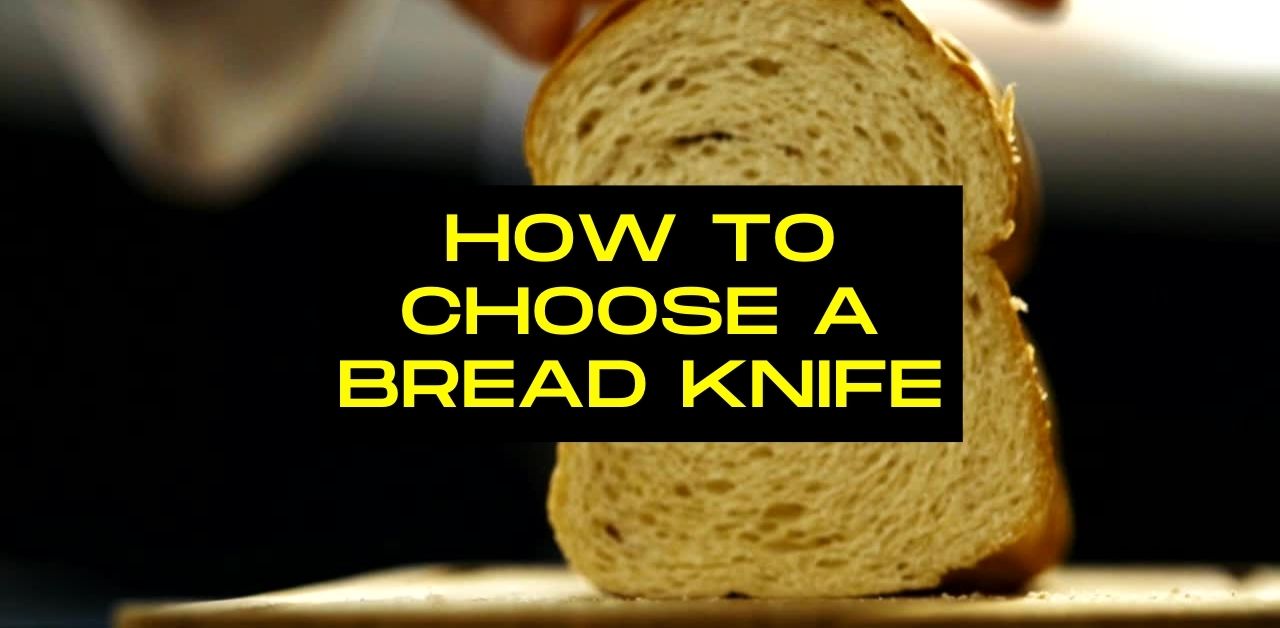Choosing the Right Bread Knife
It is technically possible to slice bread with any knife. But the knife you use to cut your bread has to possess certain features if you want it to make the process faster and more efficient.
When it comes to choosing the best bread knife for you, you will find that the market is flooded with choices, which can make it difficult to pick the best one. However, when it comes to choosing a new bread knife, there are a few things to keep in mind.
The sharpness of Bread Knife
To slice through the crust easily, a bread knife needs to be sharp. In addition, a sharp knife prevents bread from shedding excessively. I cannot imagine how frustrating it would be if you tried to slice bread with a dull knife. As time goes on, it gets progressively more irritating as you saw through the bread, making it seem as if it’s sinking.
Length of Bread Knife
Bread knives should have long enough handles to facilitate easy sawing motions. Ideally, they should be longer than 7 inches. Bread knives should have a length of at least 9 inches.
Serrated Or Straight?
It is a matter of personal preference, but serrated bread knives are specifically designed for the purpose of cutting bread. With the edge of the bread, it makes it easier to cut through the bread, which results in neater slices.
The serrated edge of the knife also preserves the airiness of the bread. So, you can always get fluffy slices of bread every time because it won’t make the bread compress when it’s heated. A serrated edge is also less prone to wearing out easily than a straight edge.
There are many different types of bread knives that you can choose from. Consider brands like Victorinox, Dexter, or Orblue if you are looking for an affordable option. When it comes to brands, brands such as Wusthof and Cuisinart are ones that are worth spending more on.
What is a bread (Serrated) knife?
A crust is usually present on most loaves of bread. The purpose of slicing through the crust is to leave the interior of the bread intact without crushing its inner parts as they are very soft (hopefully). Due to the hardness and fragility of the crust, we want to slice it as cleanly as possible, leaving fewer breadcrumbs behind.
In order to do this, we will need a knife with a serrated blade for carving out the outer portion of the bread, but also a sharp one to use for slicing the inside of the bread. Basically, the serrated bread knife works on the basis of that concept.
Many foods have a similar texture as bread, including cake and some of the vegetables, so the bread knife can be useful for cutting all kinds of these things as well. You will, however, end up with very unsatisfactory results when you attempt to debone a chicken or carve roast meat with your hands.
Is it really necessary to have a bread knife?
Well, yes, that’s true. To begin with, we’re talking about safety here. If you use the right knife, you will be less likely to sustain injuries and cuts. Furthermore, you must properly prepare your food, and the kind of knife you use is like the type of pots and pan you use – each type of pot or pan produces a different result.
The bottom line is this – if time is money, you will have a lot less breadcrumbs to clean up with a fine, serrated knife (along with less food waste).
How should I hold and use a bread knife?
You need to hold a bread knife (or any paring knife for that matter) with your dominant hand while using the other hand to hold the bread. The bread should be parallel to the cutting board. It’s a good idea to hold the knife’s handle tightly, while gently pressing your index finger with your thumb.
Now, begin sawing back and forth with the bread, putting some pressure on it so that it cuts easily. The bread should cut easily without too much force or too much weight. Make sure the slice of bread is separated from the loaf as it cuts.
